2025 Mini John Cooper Works Electric Review: Mixed Feelings
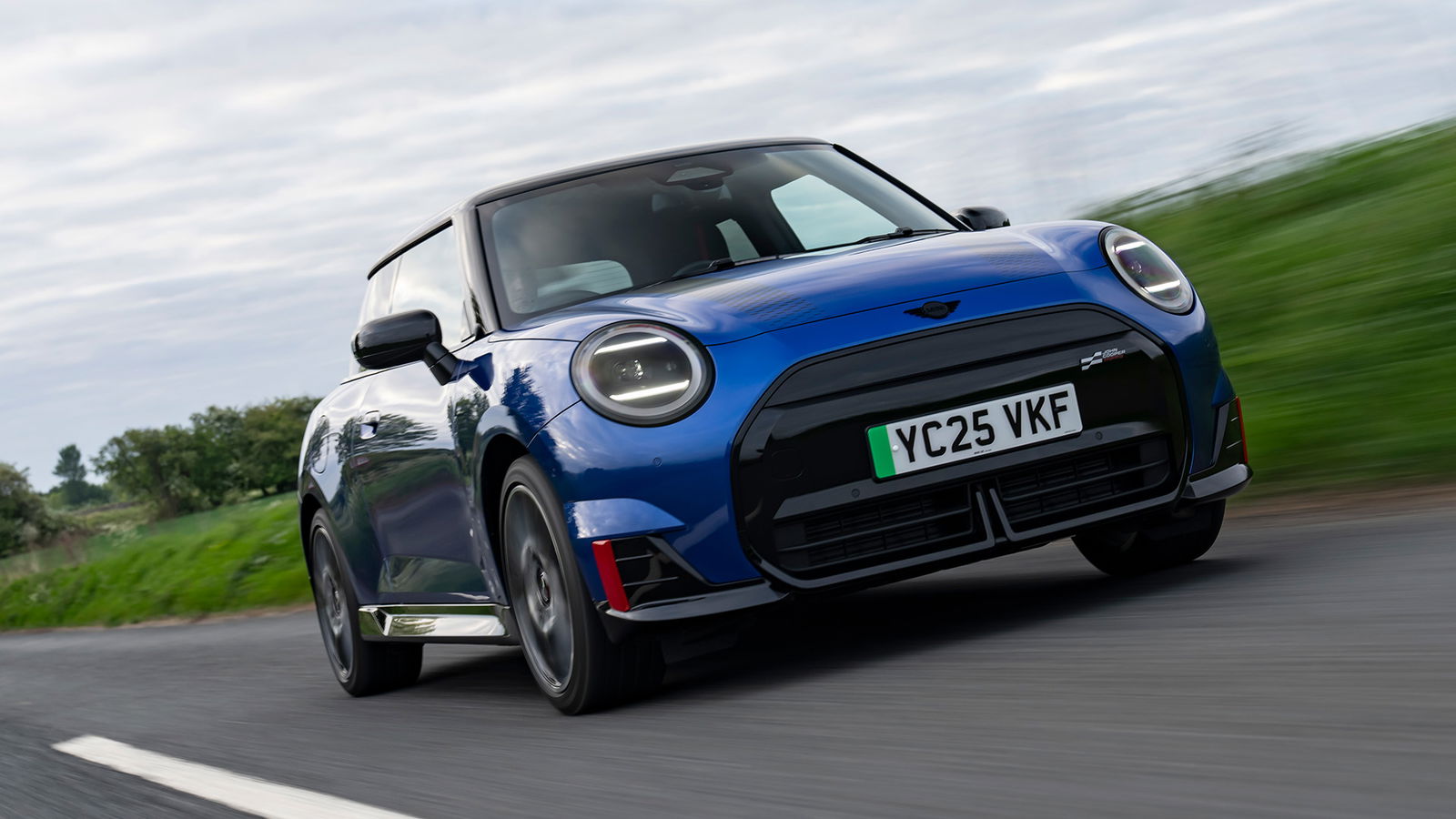
Pros
- Remarkably quickDecent value for money
Cons
- Overly-harsh rideStruggles to mask its weight
We’re in a new age for the hot hatch. With pretty much every manufacturer having moved on from the bigish-engine, tiny car, silly bodywork formula, the beloved genre is taking on a new life in the electric car world.
That started a while back to mixed results with the Abarth 500e, but the Alpine A290 has since come along to prove it can work and then there’s the debate of counting hot EV crossovers – like the Alfa Romeo Junior Veloce and Abarth 600e – in that same category.
It’s the turn of Mini to enter the space now, and to say this one has had us intrigued would be an understatement. We don’t need to tell you Mini can make a great hot hatch, and given how much we enjoyed our time with the Cooper SE last year, the incoming John Cooper Works has been lit up on our radar for quite some time.
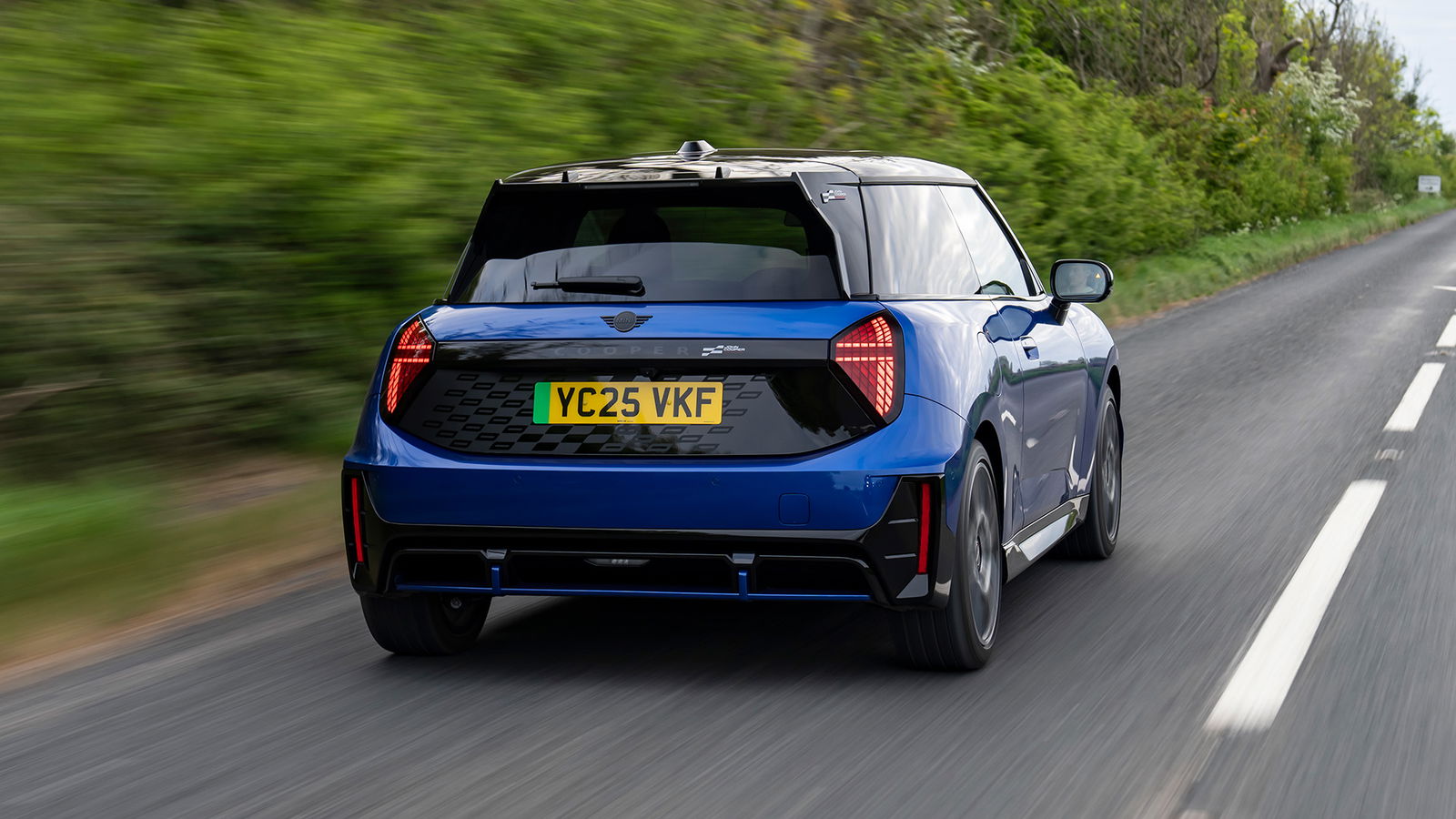
Now it’s here, the very first battery-powered Mini JCW hot hatch. And well, we’re a bit conflicted on it.
Let’s start with the numbers. Here’s a series-production Mini hatchback with 254bhp sent through the front wheels. Save for the unhinged JCW GP3, no other hatch has come close to that figure – even its combustion-powered sibling is 30bhp down on it.
Then there’s the instant, constant 258lb ft of torque available from its single electric motor to consider in that. 0-62mph is taken care of in a shade under six seconds. Again, consider this is a series-production supermini with these sorts of numbers, and it hurts your head a little.
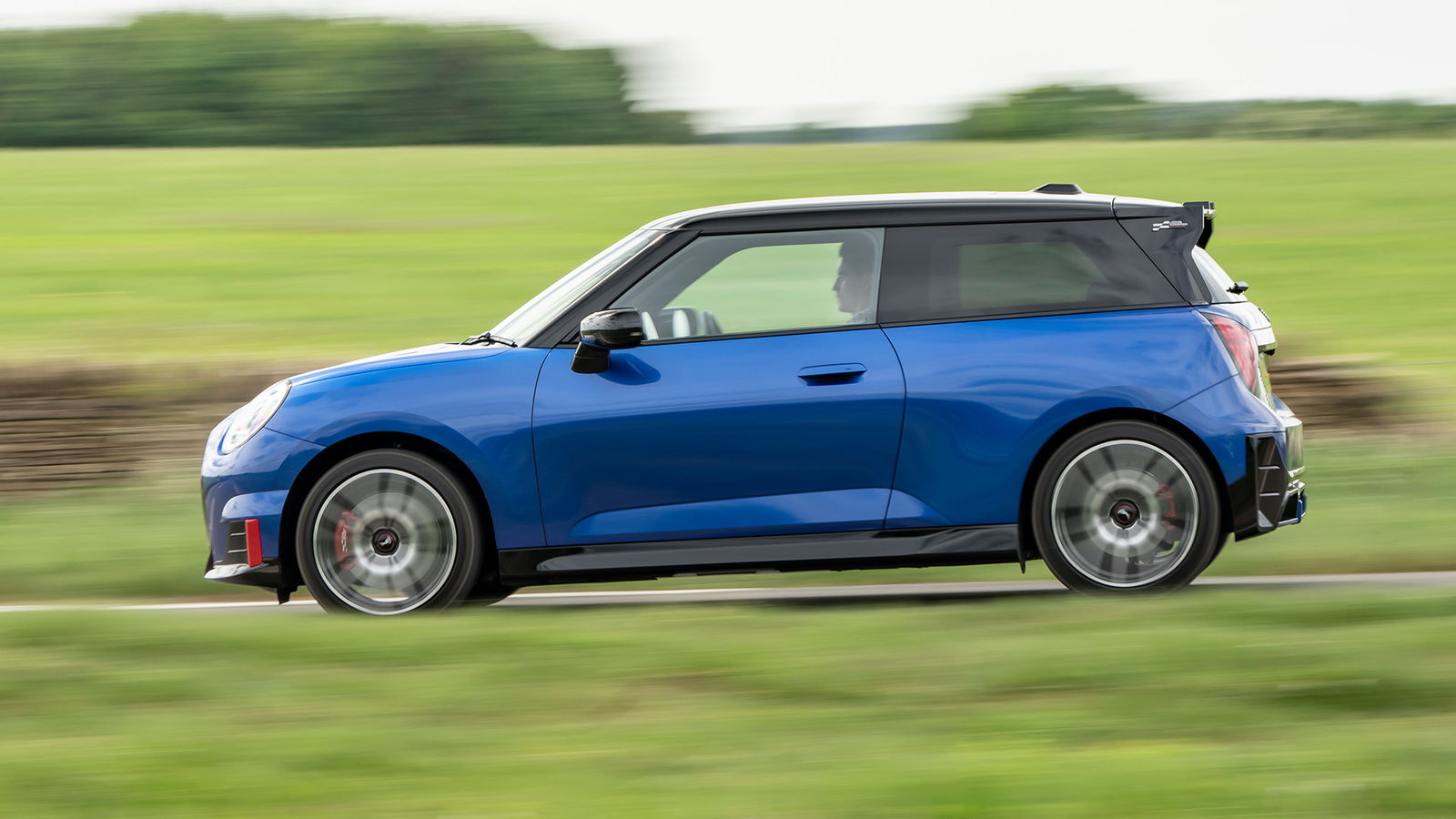
Power is drawn from a 49.2kWh battery pack, which is quoted at returning 251 miles from a single charge, provided you aren’t flooring it every two seconds. Not bad at all, considering again, supermini.
Err, and now the awkward bit that must caveat all of this. This is a Mini hatchback that weighs, without a driver, 1655kg. One point six tonnes. Blimey.
For some more numbers-based context, that’s around 250kg more than the combustion JCW, and perhaps more relevant, 176kg more than the Alpine A290 GTS (with more power, granted) it’ll no doubt be twin-tested with across every UK motoring magazine over the next six months.
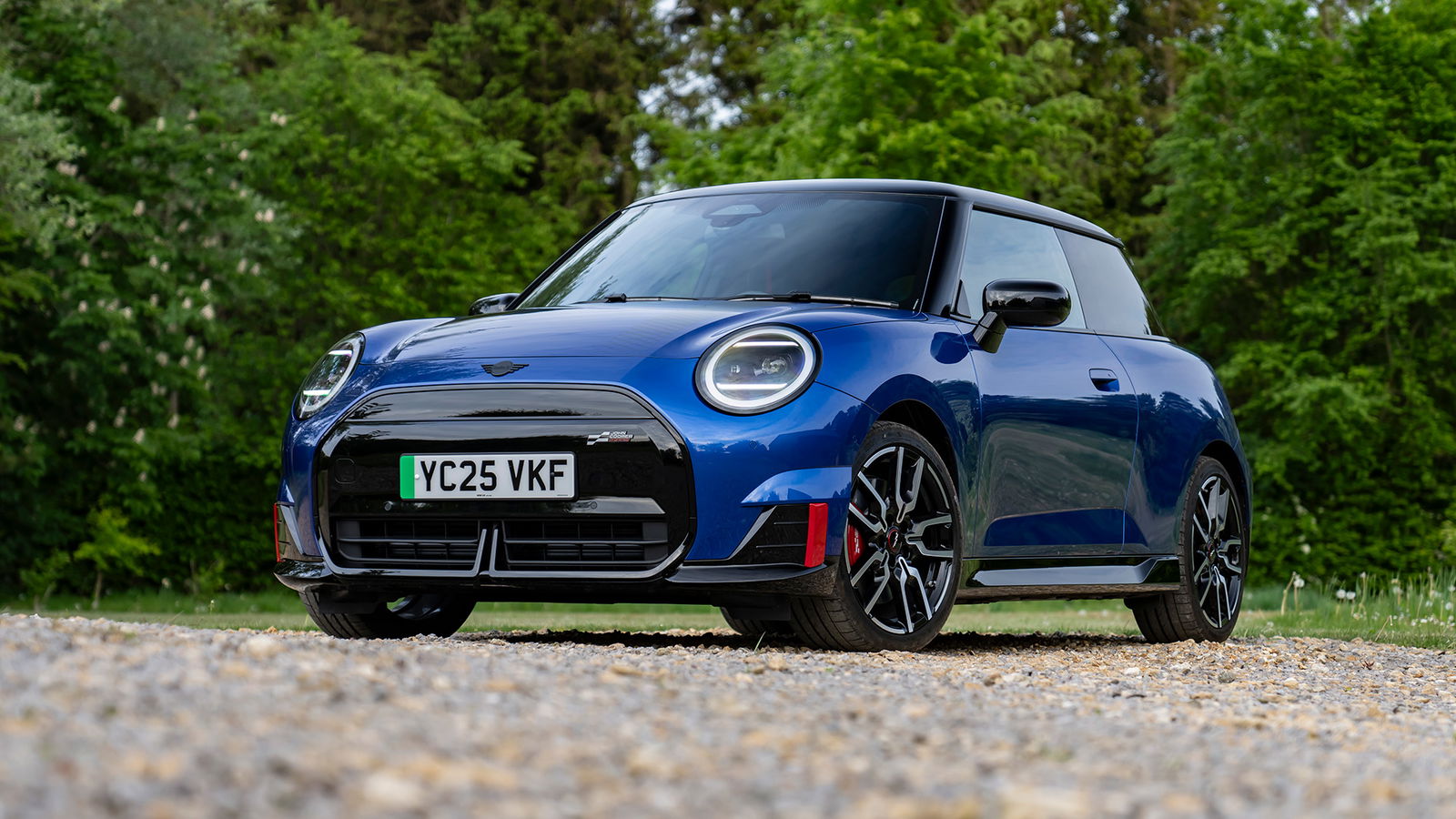
Anyway, enough digits to consume, because frankly, absolutely none of that matters if the car is good, right?
Some of it very much is. Unsurprisingly, it feels blisteringly quick. Stick it in go-kart mode (complete with a comical ‘Yahoo!’ sound effect to let you know it’s selected), pull the Boost paddle, stamp your foot and giggle to yourself as it absolutely surges towards your chosen road’s legal speed limit. It’s seriously quick, hilariously so for a car of its size, and one that’s resisted the urge to go four-wheel drive.
Approach a corner, though, and prepare yourself for a bit of disappointment. We’ve come to associate JCWs with having arrow-sharp steering that’ll offer a lot of feedback through the wheel, and there’s none of that here. It feels a touch too light and dull, as if someone’s switched the force feedback off while playing Gran Turismo with a wheel.
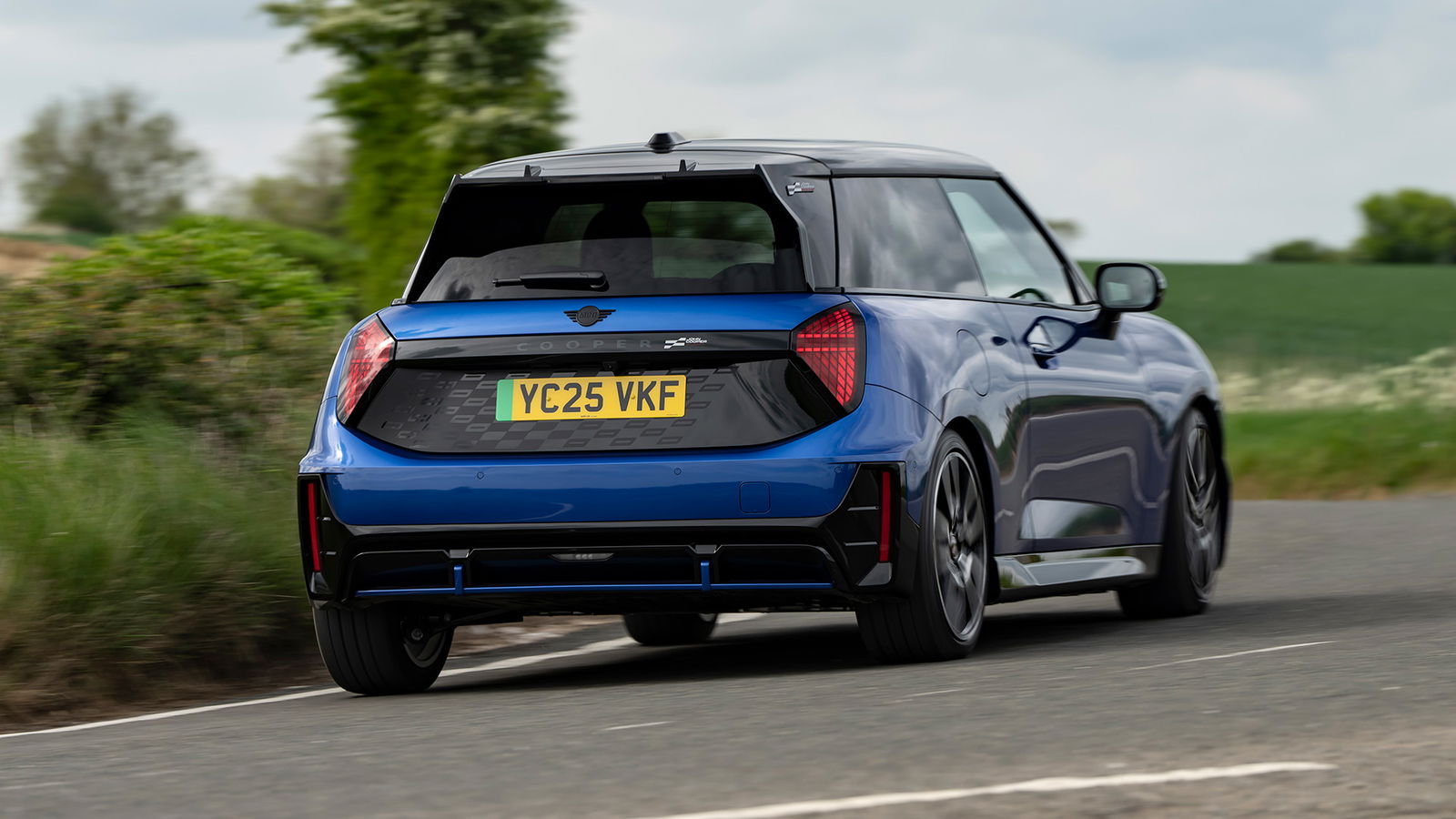
Which doesn’t help how heavy it feels through the corners. While BMW Group engineers have become the masters of masking weight in recent years, little of that expertise seems to have been applied in the JCW.
You feel its mass pushing the car out wide under any sort of heavy cornering, and as a result, there’s no sense of playfulness here. A more talented driver than I could probably extract some lift-off oversteer hilarity, but the car never feels like it wants to do that.
All of that is compounded by a suspension setup far too stiff for UK roads, and the electric JCW never feels settled as a result. Even with its electronically-controlled dampers slackened off in its comfort mode, it struggles to retain composure – no doubt in part due to the mass it's carrying.
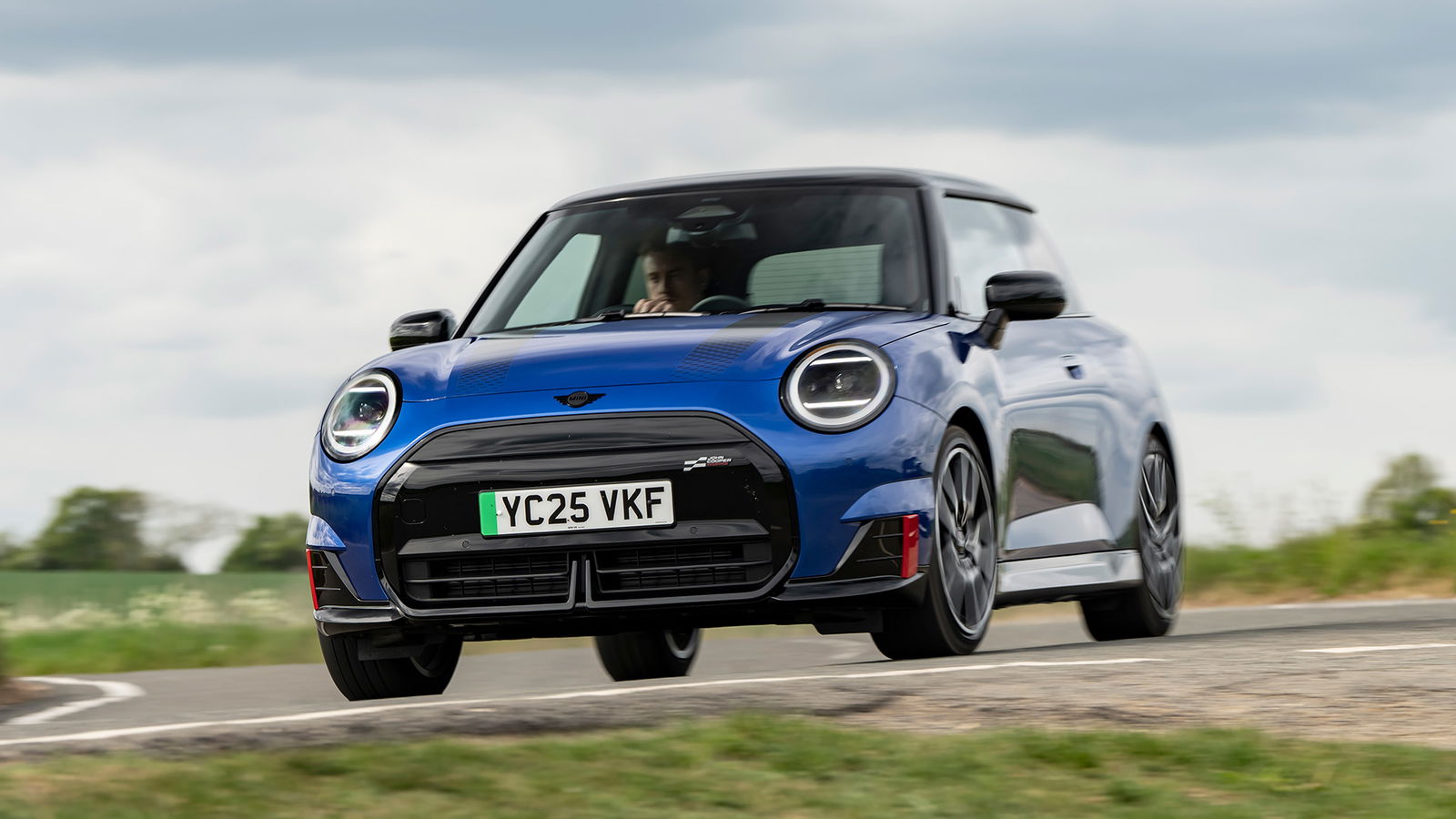
It stops well, though. Single-piston callipers on both axles don’t inspire confidence when looking at a spec sheet, but the transition from motor regen to physical discs is neatly handled and paired with a reassuringly stiff brake pedal.
Perhaps most importantly of all to anyone buying an electric Mini in 2025, however, is that the JCW looks seriously cool. With the exception of the gigantic central exhaust pipe (obviously), it’s practically identical to the petrol JCW – meaning a silly wing, macho bodywork and enough stickers to fill out a Panini World Cup album twice over.
Inside, the JCW treatment carries over with a shedload of red. Note the patterning on the dashboard, a bit for the seats and a fabric strap acting as a third spoke for the steering wheel.
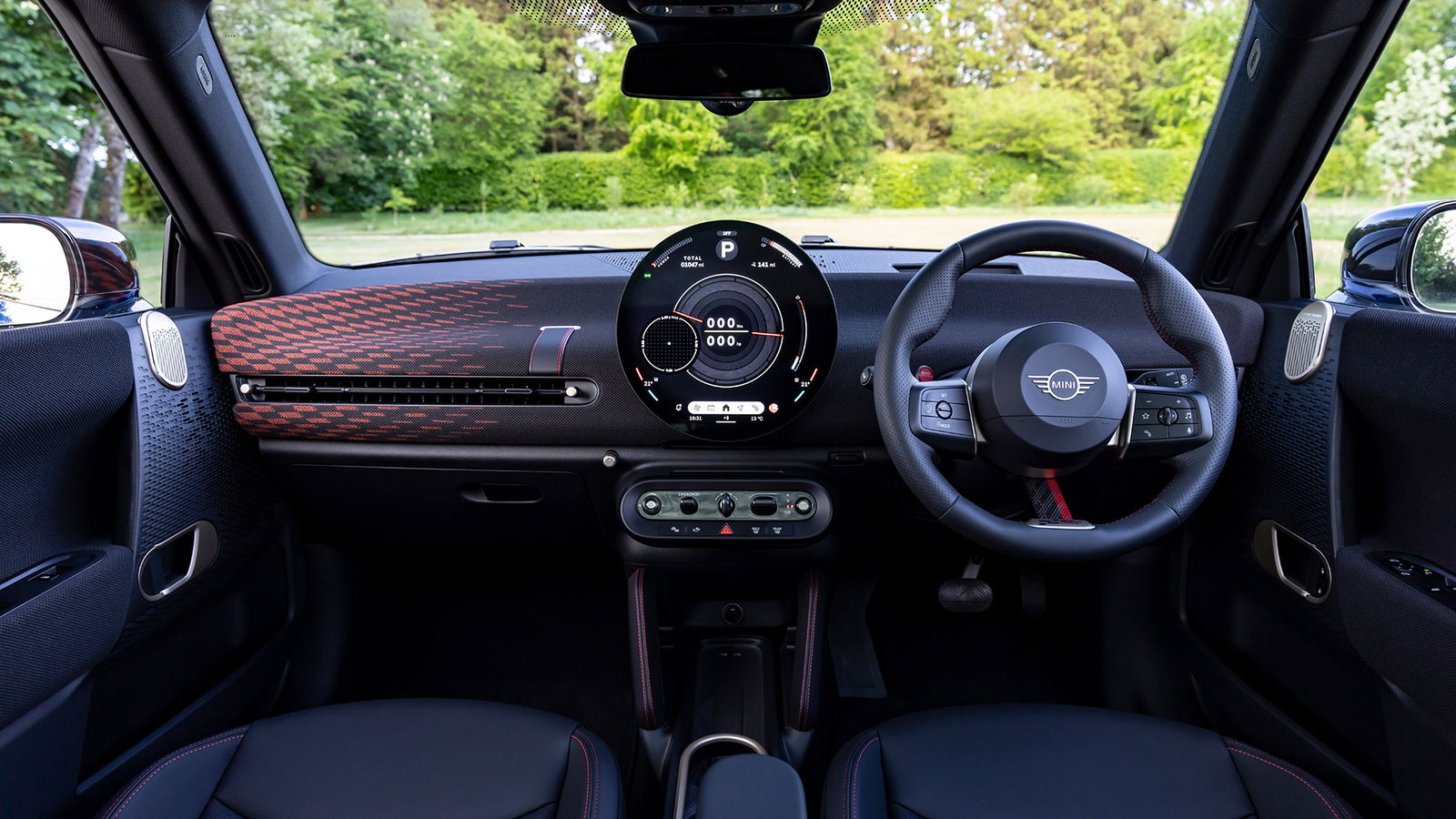
Our esteemed Mike Bartholmew covered the interior nicely in his review of the SE, so I’ll direct you to open a new tab for a more thorough assessment from him, given that the hardware is the same. In short, though, the driving position is spot-on, the infotainment a little too fiddly, but generally, it’s a nice place to be.
As for price, you’ll be parting with £34,905, which is pretty favourable. Sure, £1,700ish more than a petrol version, but crucially, about £2,600 less than an A290 GTS and with more power (and heft). Look at the monthlies, and it won’t be much more than a slower, smaller Abarth 500e either.
Should you buy one? Well, that really depends on the sort of electric hot hatch you want.
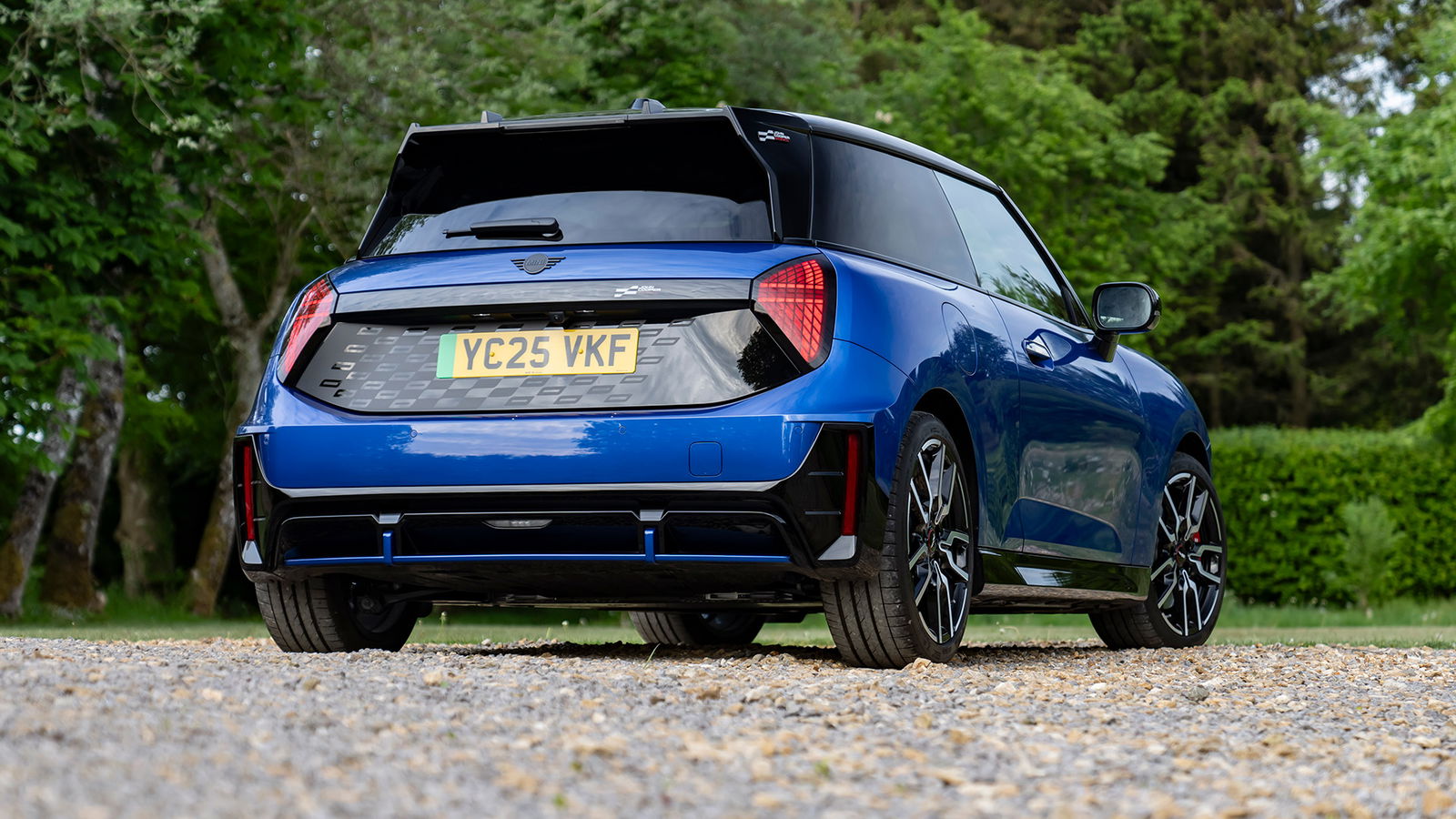
As a serious performance car? The Mini John Cooper Works Electric just isn’t that, unfortunately. As something that looks cool, feels cool, and covers ground quickly? It ticks those boxes.
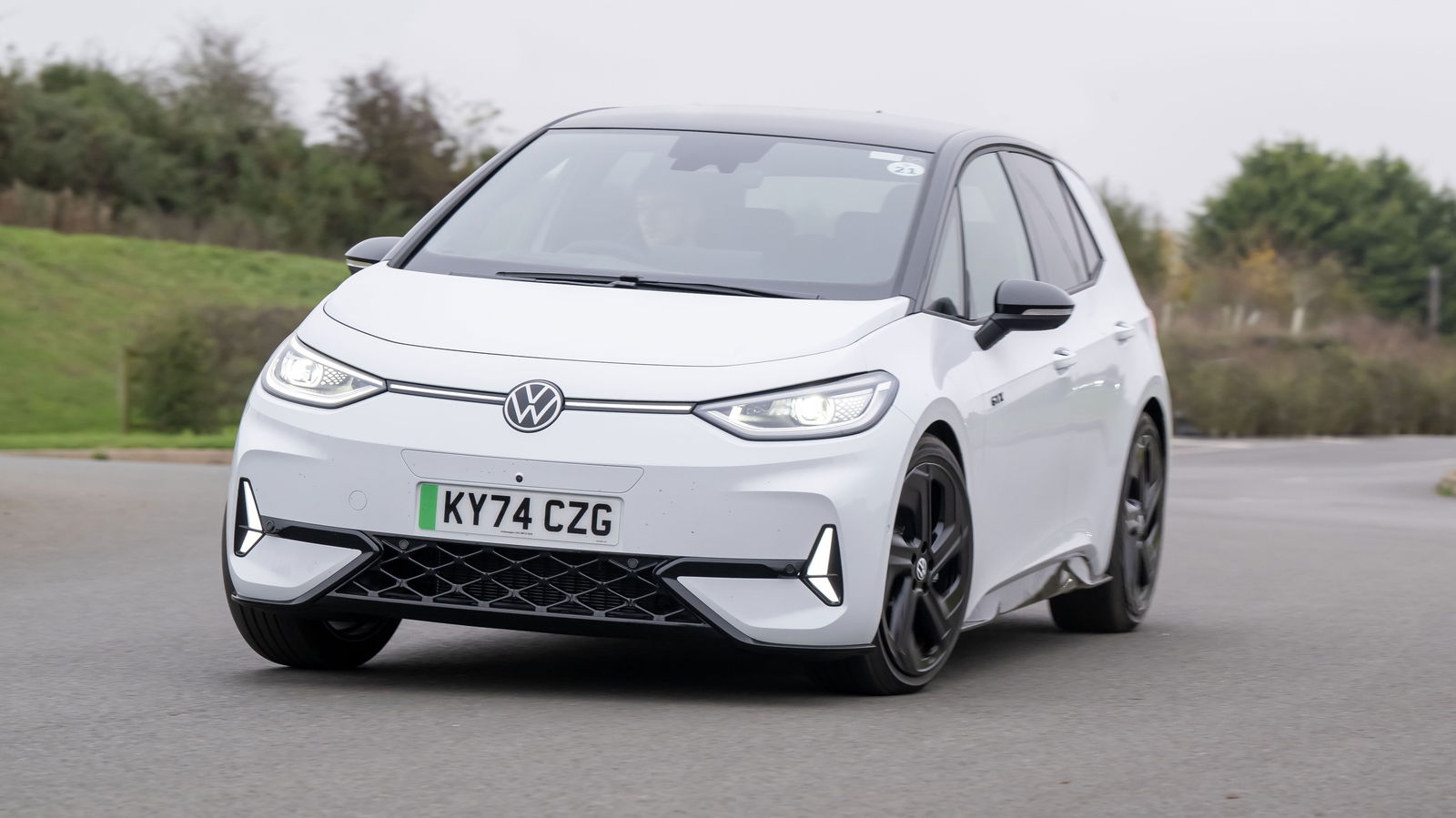
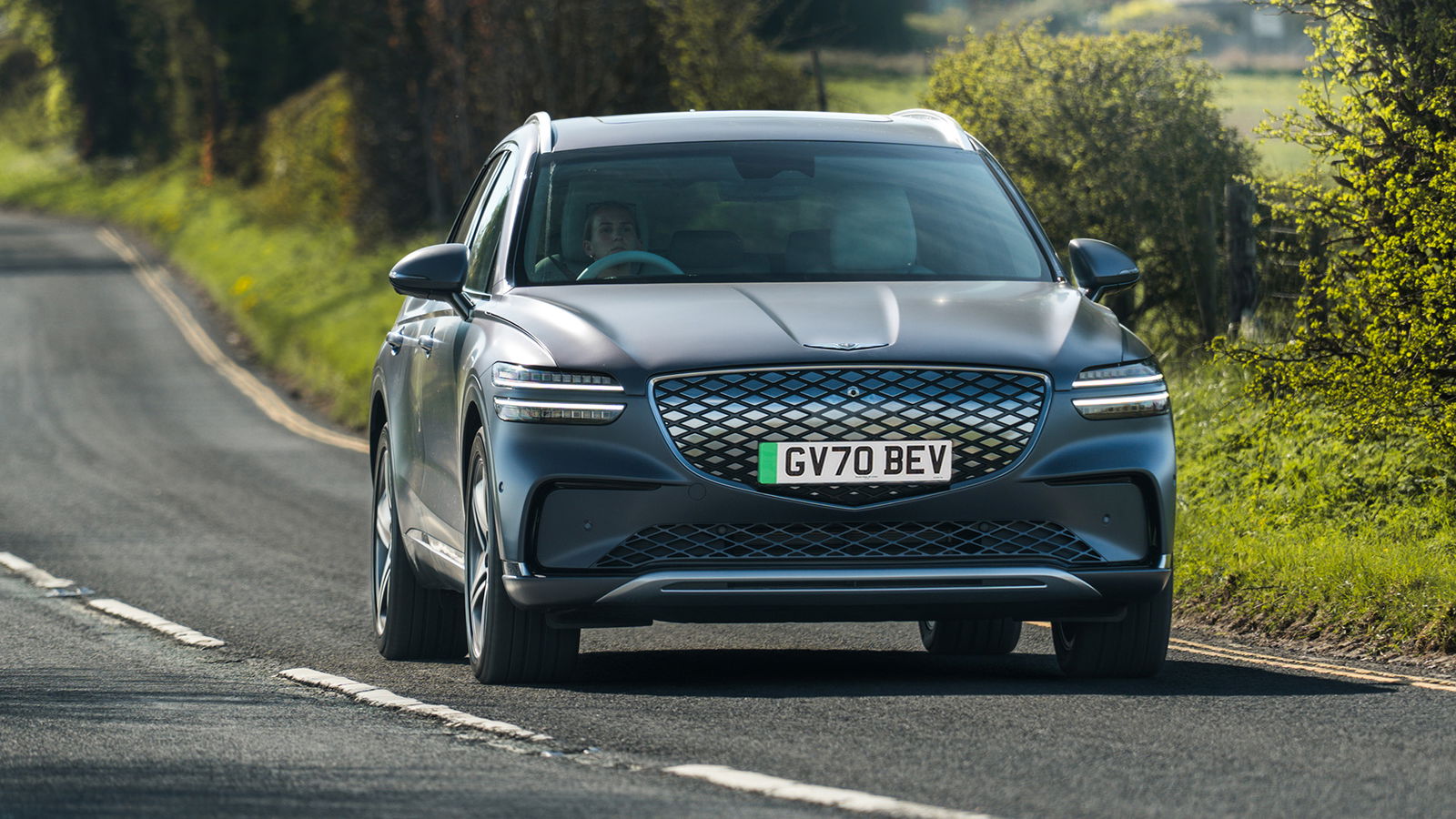











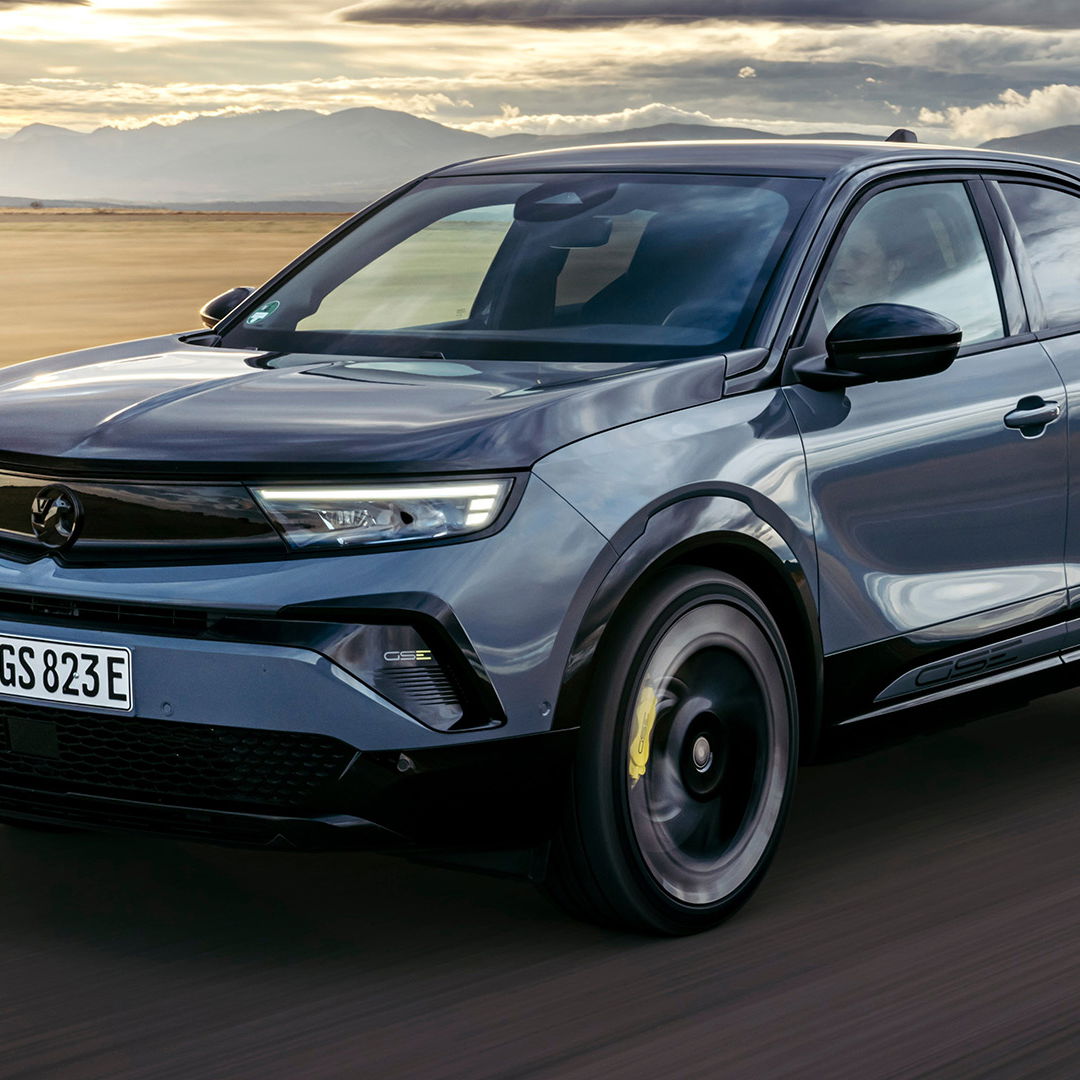
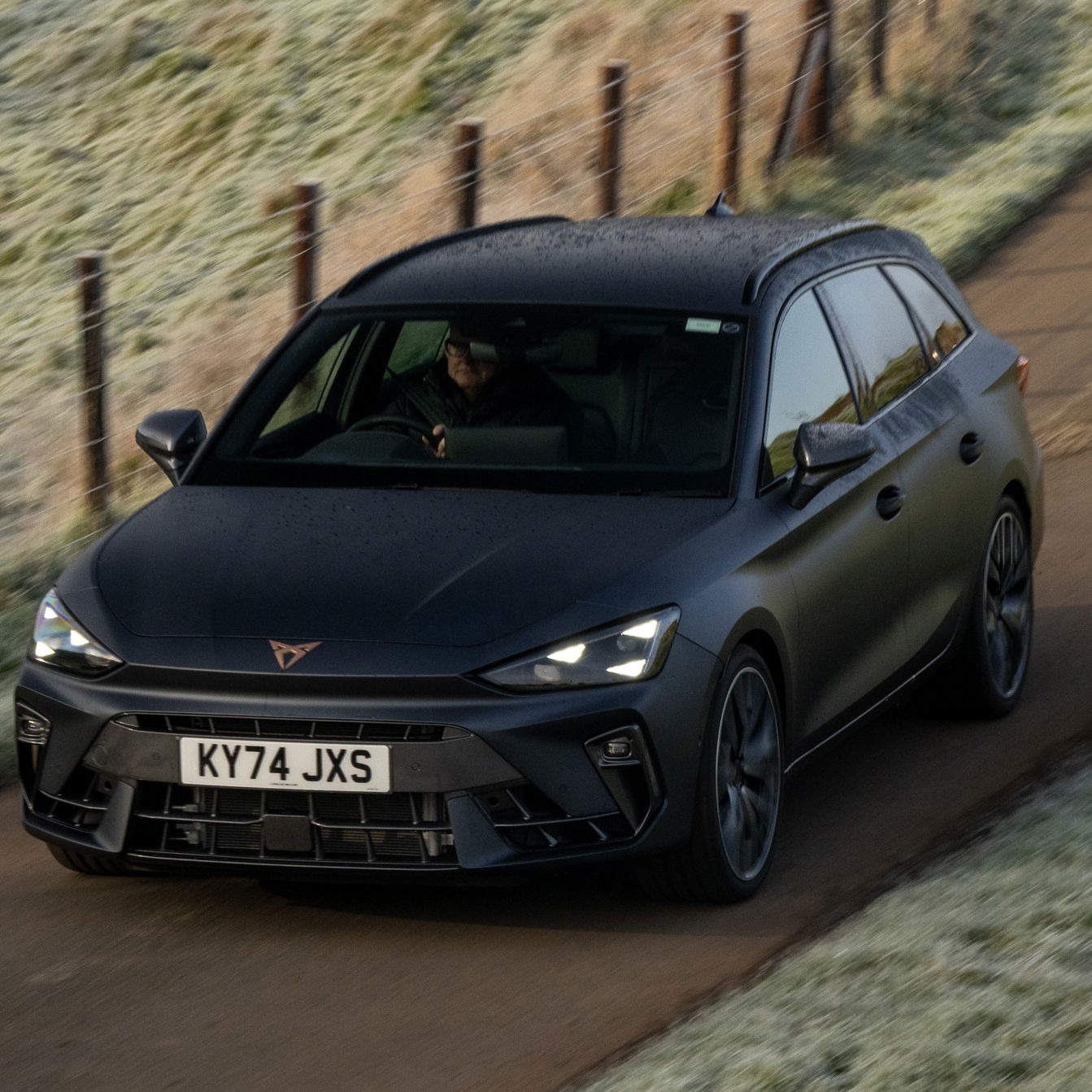
Comments